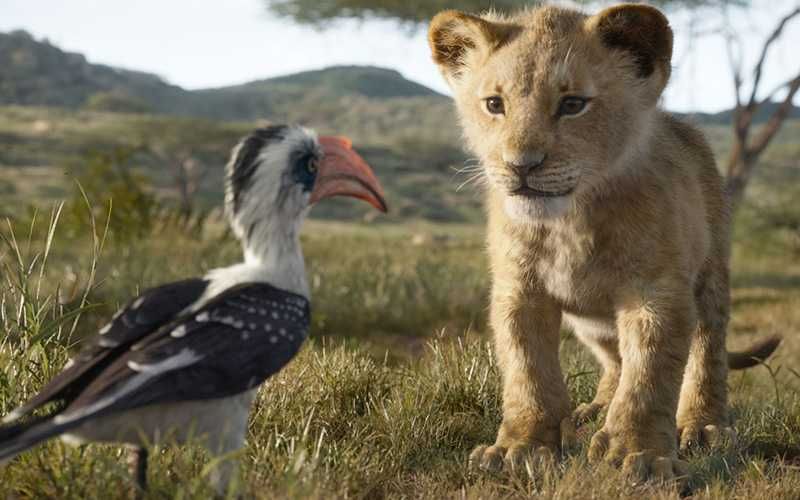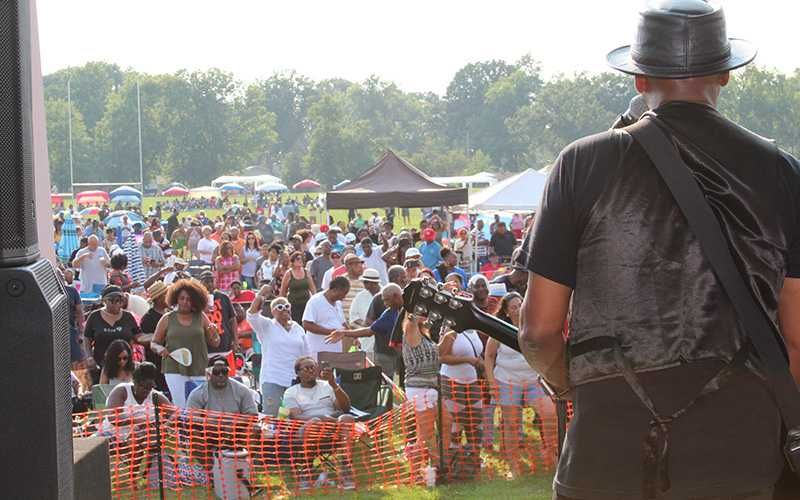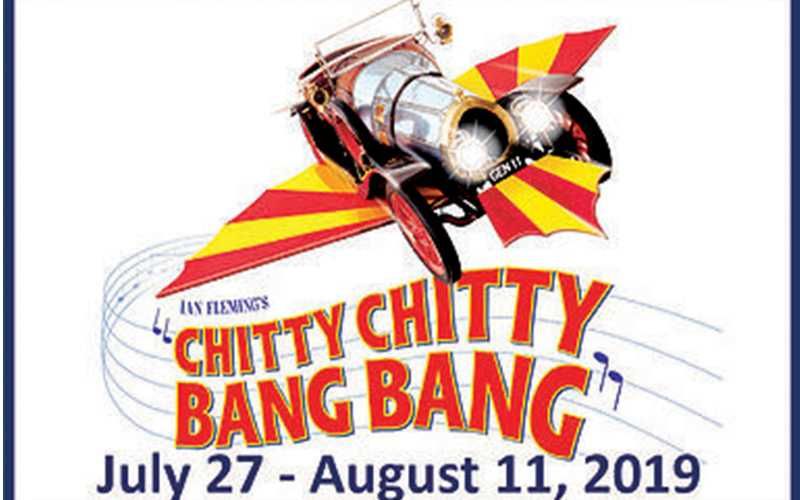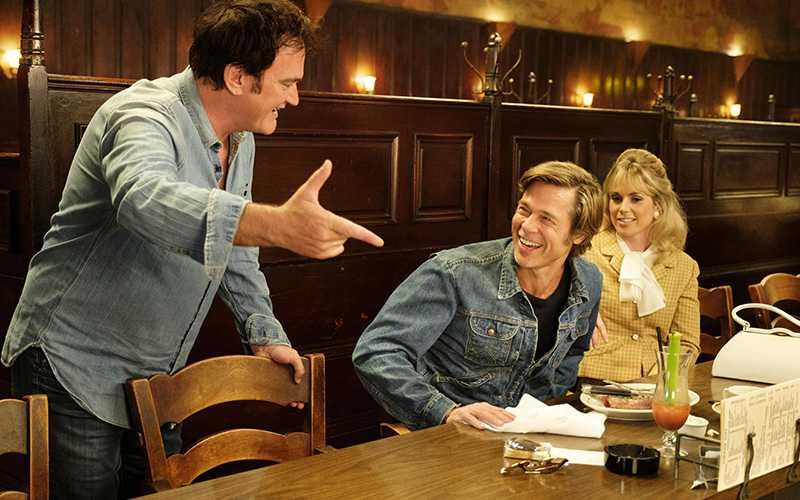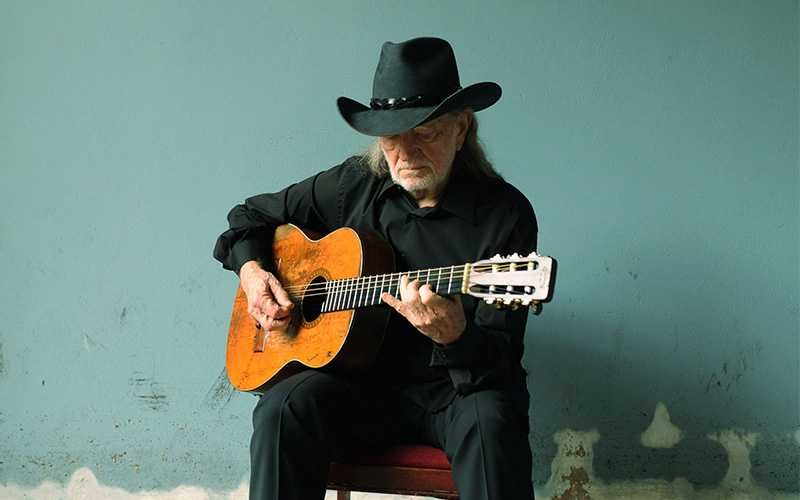Yet another fruitless facsimile of a Disney Renaissance-era animated classic, The Lion King, revisits the animals of Pride Rock, ruled by the tough-but-fair lion King Mufasa (James Earl Jones).
His newborn son Simba (JD McCrary and Donald Glover) is being slowly groomed for the throne, much to the chagrin of Mufasa’s covetous younger brother Scar (Chiwetel Ejiofor). After Scar leads his brother into a deadly trap, Simba flees his home out of guilt and finds comfort in a new friendship with the carefree duo Timon (Billy Eichner) and Pumbaa (Seth Rogen).
His past seems to be behind him until his childhood friend Nala (Shahadi Wright Joseph and Beyoncé Knowles-Carter) finds Simba and convinces him to reclaim the crown from his treacherous uncle.
Opening with a shot-for-shot recreation of the “Circle of Life” number from the original, even down to the smash cut to title card, the film does less than any of the other Disney remakes to distinguish itself from its predecessor. Unlike the live-action reimagining of Dumbo from earlier this year, whose animated companion was made in 1941, there are only 25 years separating the original Lion King and this photorealistic update.
While it’s not as cloying as the embarrassing Aladdin re-do from a couple months ago, it’s equally pointless and transparent in its mission to capitalize on misguided nostalgia.
Director Jon Favreau, also responsible for 2016’s The Jungle Book, oversees another technical marvel that is truly state of the art from an effects standpoint. What’s especially impressive this time around is how much of the computer-generated work takes place in direct sunlight, where murky rendering would become much more apparent. Every detail, from the way the animals move to the shadows they cast and even down the veins in their paws, is impeccably visualized. A montage that tracks the movement of a clump of Simba’s hair, making its way from a river to an ant parade and eventually a dung beetle, is a delight to behold.
As breathtaking as the look of the film can be, the hyper-realistic approach isn’t as conducive to proper storytelling as the hand-drawn animation of the original. There are levels of expressiveness, from the movement of the eyes and mouths of the characters, that might make the 1994 version seem “cartoonish” by comparison, but that also give it much more personality.
This literal-minded update frequently looks like a nature documentary, albeit one where the animals break into song at random intervals. The voice cast does their best to bring passion to their roles, even though their visual counterparts aren’t nearly as emotive.
A bigger issue with the film, and the litany of retreads that the House of Mouse has been churning out recently, is that there simply isn’t anything new being told in this story. Nearly every single plot point and many of the lines of dialogue are ripped directly from the script of the original, which makes the value of the “refreshed” take especially dubious. Disney is clearly capable of making original films with new characters and exciting stories (Moana would be a recent example), but as long as regurgitating old material is profitable, then what is the incentive for them to stop?
The Lion King is as lazy as a lion lying in the sun, assured and confident of the dominance it holds over its kingdom.
Coming to theaters this weekend
Once Upon a Time … in Hollywood, starring Leonardo DiCaprio and Brad Pitt, is the latest film from Quentin Tarantino about a television actor and his stunt double striving to achieve fame and fortune in 1969 Los Angeles.
Opening at Cinema Center is The Last Black Man in San Francisco, starring Jimmie Fails and Jonathan Majors, which tells the story of a man trying to reclaim the house built by his grandfather in a now-gentrified area of San Francisco.
 Submit Your Event
Submit Your Event